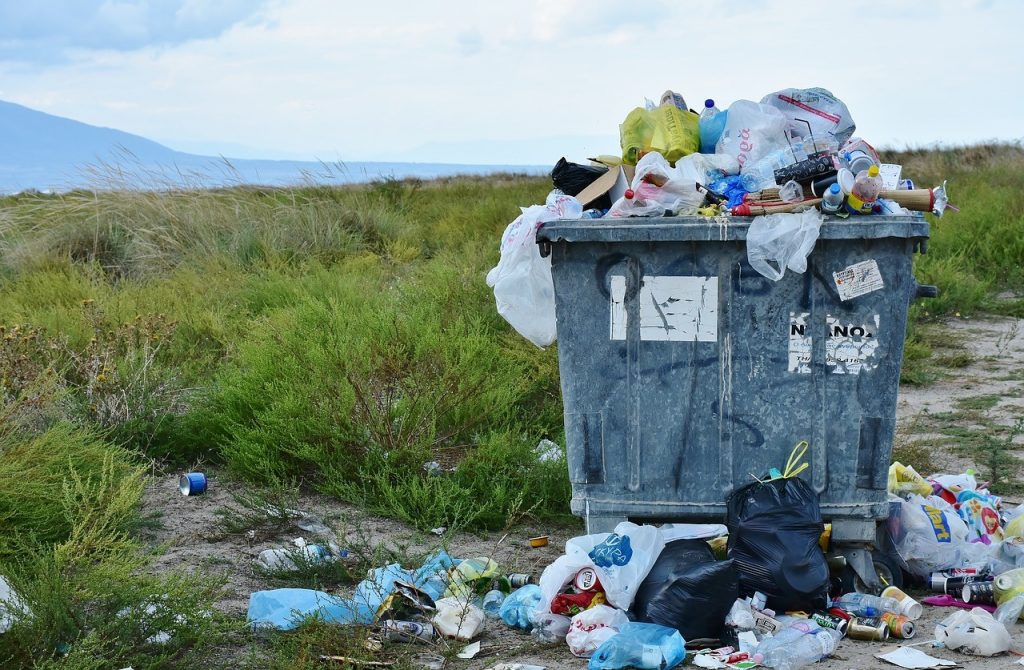
Your carbon footprint is how much your everyday tasks affect the environment, from how much water you use in the shower to the exhaust your car puts out while you’re on the road. Reducing your carbon footprint can help save the environment while improving your day-to-day life. Here’s how you can start living a more environmentally friendly lifestyle and reduce your carbon footprint.
1. Reduce Energy
Energy consumption is unavoidable. Everything from using the furnace, air conditioning, and watching television use energy. If you live in rented accommodation and notice your furnace is running more often than usual to heat your home, try contacting your landlord and asking them to do an inspection.
According to Smart Move, landlords are happy to do inspections because “doing rental maintenance helps to have happy tenants.” If you live in a house, it’s time to consider new trends, like purchasing a new furnace or air conditioner that uses less energy.
To start reducing your energy consumption right now, you can do a few things such as keeping all electronics unplugged when not in use, or air-drying your clothes instead of using the dryer. You can also switch to energy-efficient light bulbs.
2. Try Renewable Energy
Burning fossil fuels we use for energy contributes to climate change and increases your carbon footprint. To reduce your carbon footprint, you can switch to renewable energy sources, such as wind or solar power. After solar tax credits, solar panels cost around $10,000 to $15,000 for the average home in the United States. However, only sixteen panels are needed to completely power one house.
3. Use Green Technology
Green technology is tech that makes your home or business more energy-efficient. You may have heard the term “smart house.” These homes are upgraded with programmable thermostats and smart lights which are activated by motion sensors and apps. Not only do they help reduce your carbon footprint, but they can drastically bring down your electricity bill.
4. Drive Less
Driving contributes to carbon emissions, which are bad for the environment. If you can replace driving with something else, such as riding a bike, walking, or skating, you can reduce your carbon footprint. Unfortunately, driving in the US is inevitable as our jobs are usually 20 minutes away from where we reside. You can choose to carpool with coworkers that live nearby to reduce the number of cars on the road going to the same place. When it comes to running errands, try walking, biking, or using public transport.
5. Reduce Water Use
Using too much water puts a strain on the environment, along with your water heater. Save water when you can to reduce your bills and your carbon footprint. To start reducing your water use, try these tips:
- Turn off tap water when you brush your teeth
- Take shorter showers
- Don’t continuously run sprinklers
6. Reduce Food Waste
All of the food you don’t finish at dinner is sent to a landfill where it rots. The process of rotting creates methane gas, a greenhouse gas that contributes to climate change. To prevent this, you can reduce your food waste.
If you notice lots of food going bad sitting in your fridge, try to frequently shop for small amounts of food so you’re only buying what you need and can ensure less will go to waste.
You should also eat your leftovers the next day to ensure nothing you cooked goes to waste. After a meal, instead of throwing the leftovers in the trash, store them, so they can be eaten later.
Restaurants are the biggest offenders of food waste. If you work at a restaurant and notice a lot of food going to waste, you can ask your supervisor if you can start delivering food to the homeless shelter so no food goes to waste.
7. Eat Less Meat
Large livestock such as cows and lambs contribute to greenhouse gas emissions, but we’re not saying you have to go vegan to reduce your carbon footprint. Instead, you can eat less meat. Replace at least one meal a week with a vegetarian meal, or choose to eat more fish than beef.
8. Add Recycling to Your Home

Most homes just have a trash bin in the kitchen. You can promote recycling in your home by adding a recycling bin for your family to use, which makes separating much easier. In other words, we’re all a little bit lazy, and when we throw something out, we’d rather not go digging through the trash for it. By adding a recycling bin in your home, you are more likely to recycle things you used to throw out.
9. Buy Locally-Sourced Food
Purchasing food at the supermarket means that the food was likely shipped from another part of the country or even overseas. This means it has an increased carbon footprint due to the use of trucks or planes.
When you buy locally, those items have a smaller carbon footprint because they didn’t need to travel as far.
10. Use Eco-Friendly Products
There are many green products available for your house, including cleaning products, personal care products, and more. Traditional products like bleaches are bad for the environment, and the body wash you love could be doing more harm than good with its plastic exfoliating beads. Instead, you can opt for products that are advertised as green and eco-friendly to reduce your everyday carbon footprint.
11. Buy Carbon Offsets
Certain companies help individuals reduce their carbon footprint by buying carbon offsets. This means you’ll be investing in projects designed to reduce carbon emissions and promote renewable energy.
Carbon offset projects include planting new trees, capturing methane gas in landfills, and using farm animal waste to produce energy.
Conclusion
Reducing your carbon footprint doesn’t mean you have to purchase hemp clothing and stop showering. Instead, you can find ways to do all of the things you like without continuing to add to your footprint. We know that some things are unavoidable, but your impact on the environment doesn’t have to be as significant as it currently is. Instead, use these tips today to begin reducing your carbon footprint.
